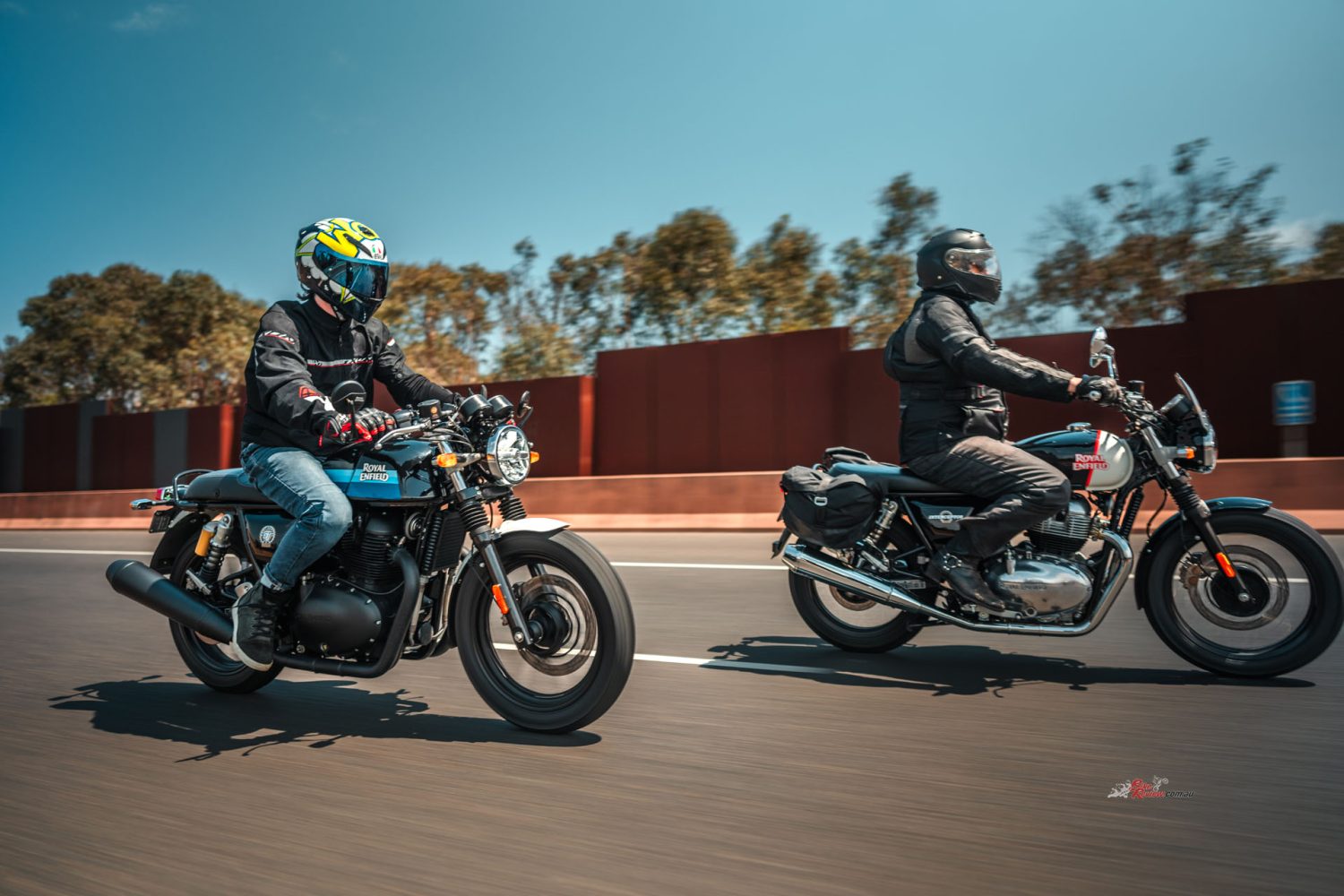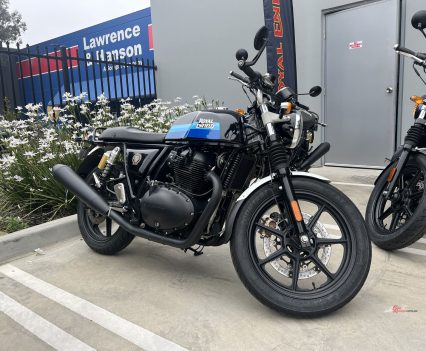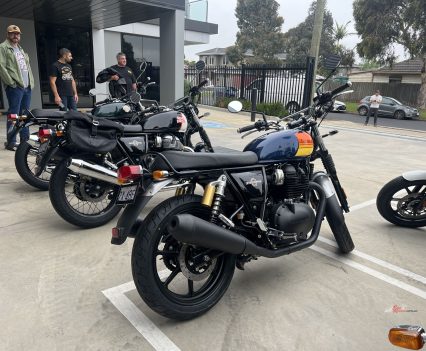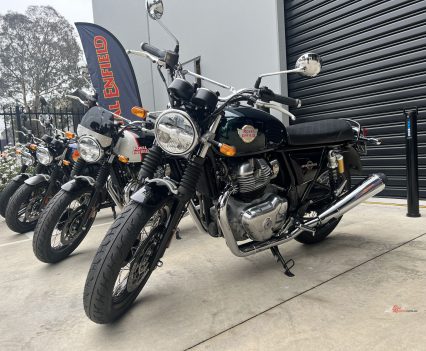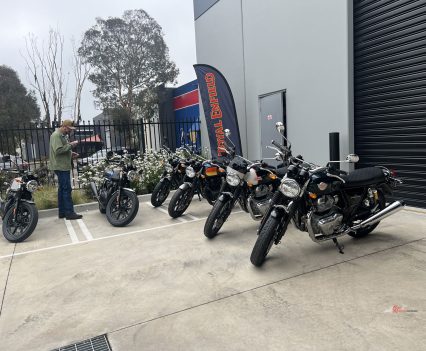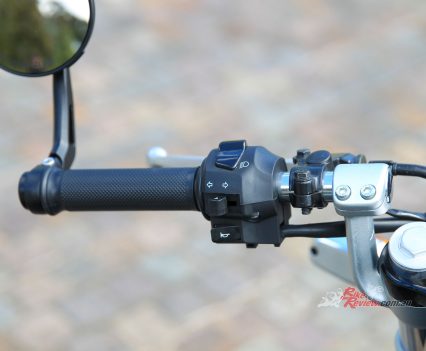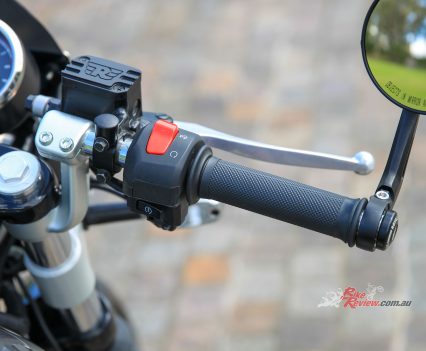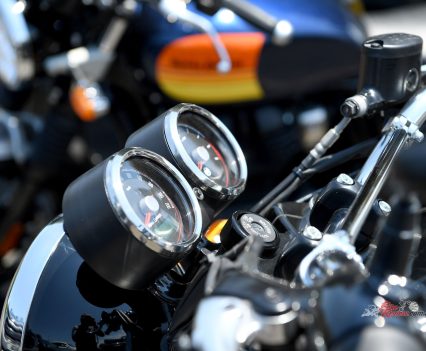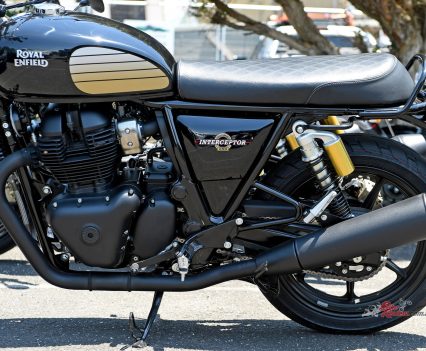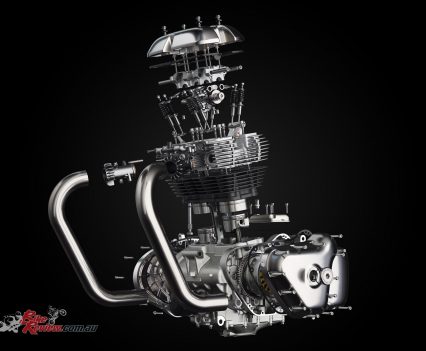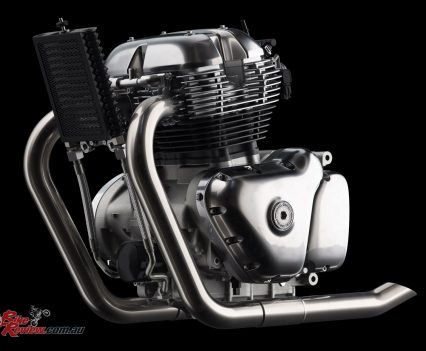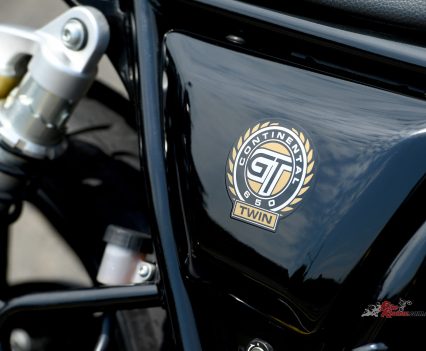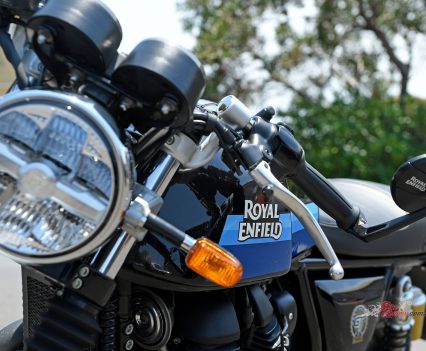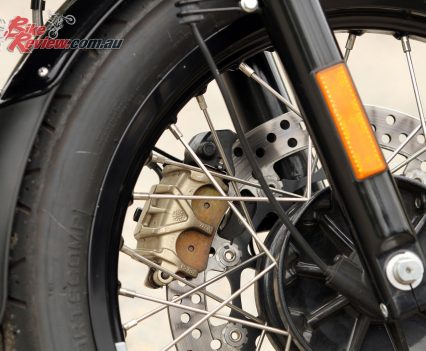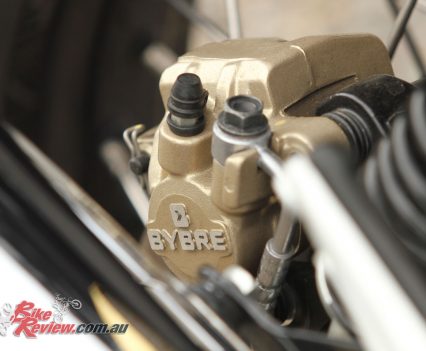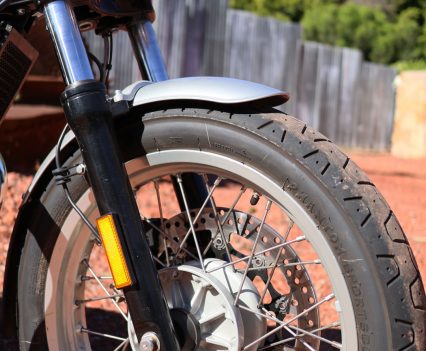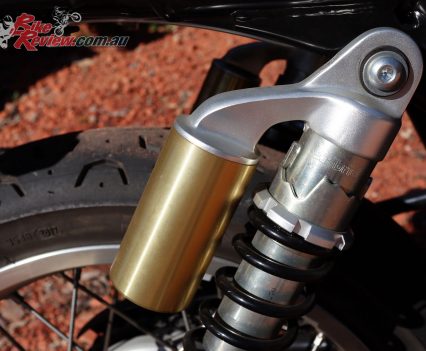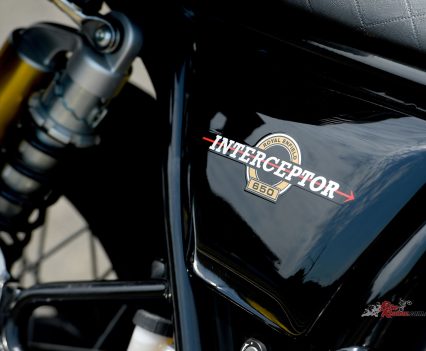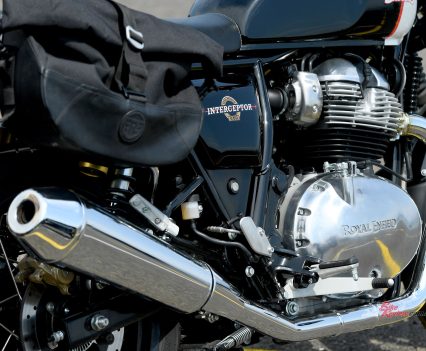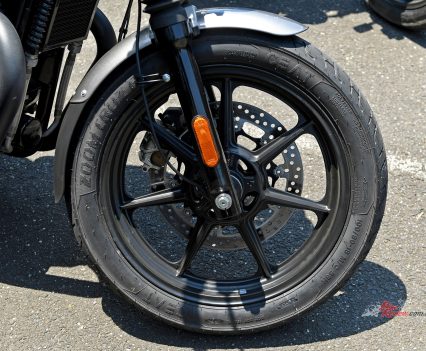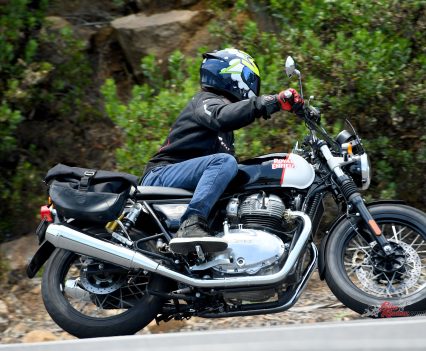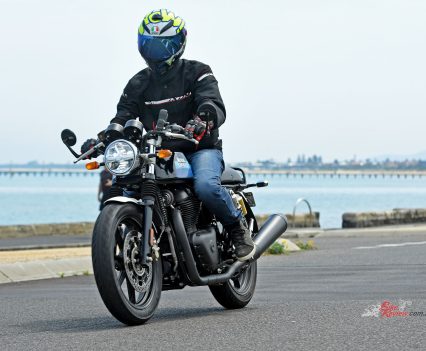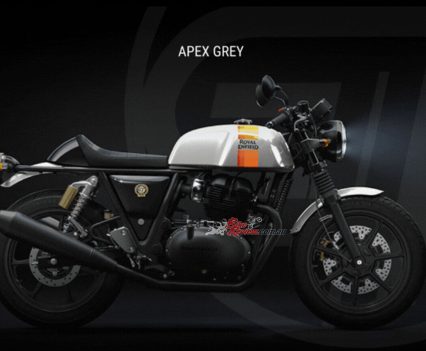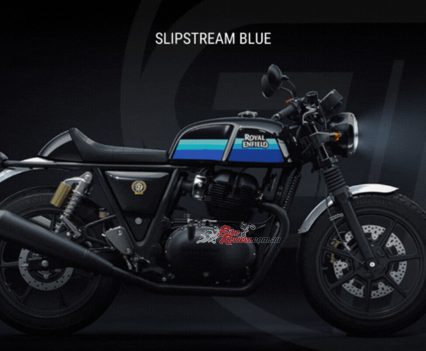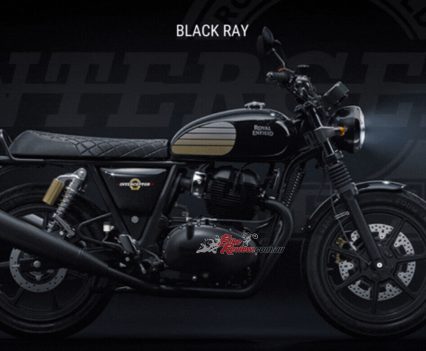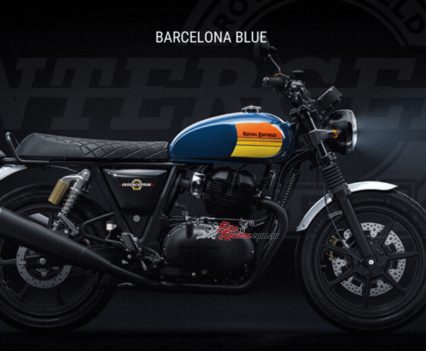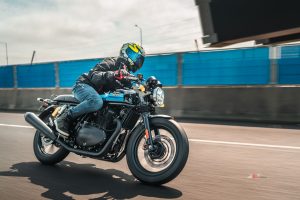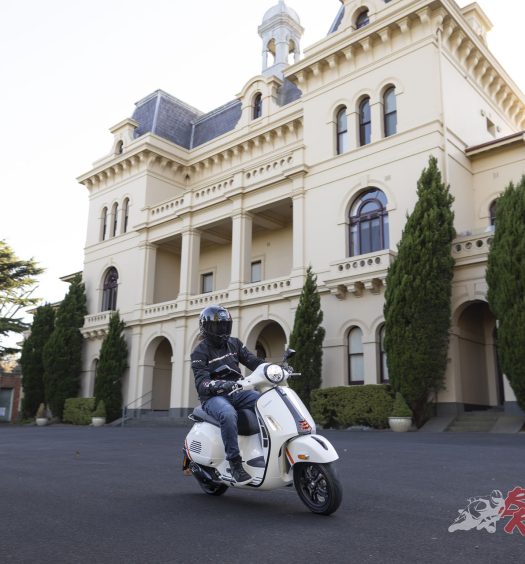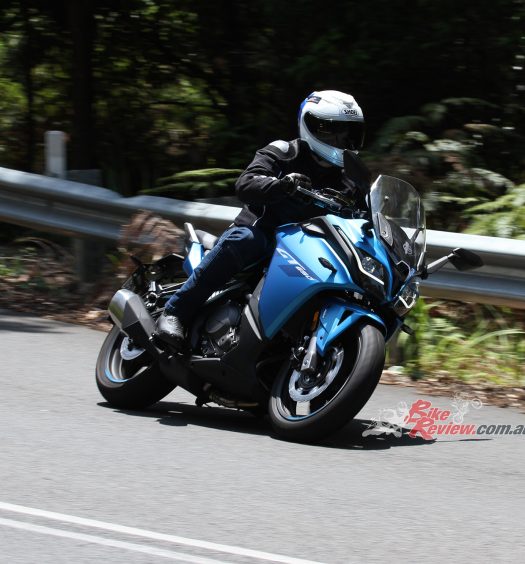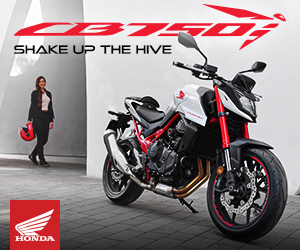Zane headed down to Melbourne to check out the updated Royal Enfield Continental GT and Interceptor 650. Check out how the learner friendly 650 Twins stack up in today's market…
The Royal Enfield 650 Twins had remained unchanged since they hit the market in 2018. It’s been some time since we’ve taken these two bikes for an uninterrupted ride. Let’s see how these uber-cool and amazingly learner friendly machines are updated for 2024…
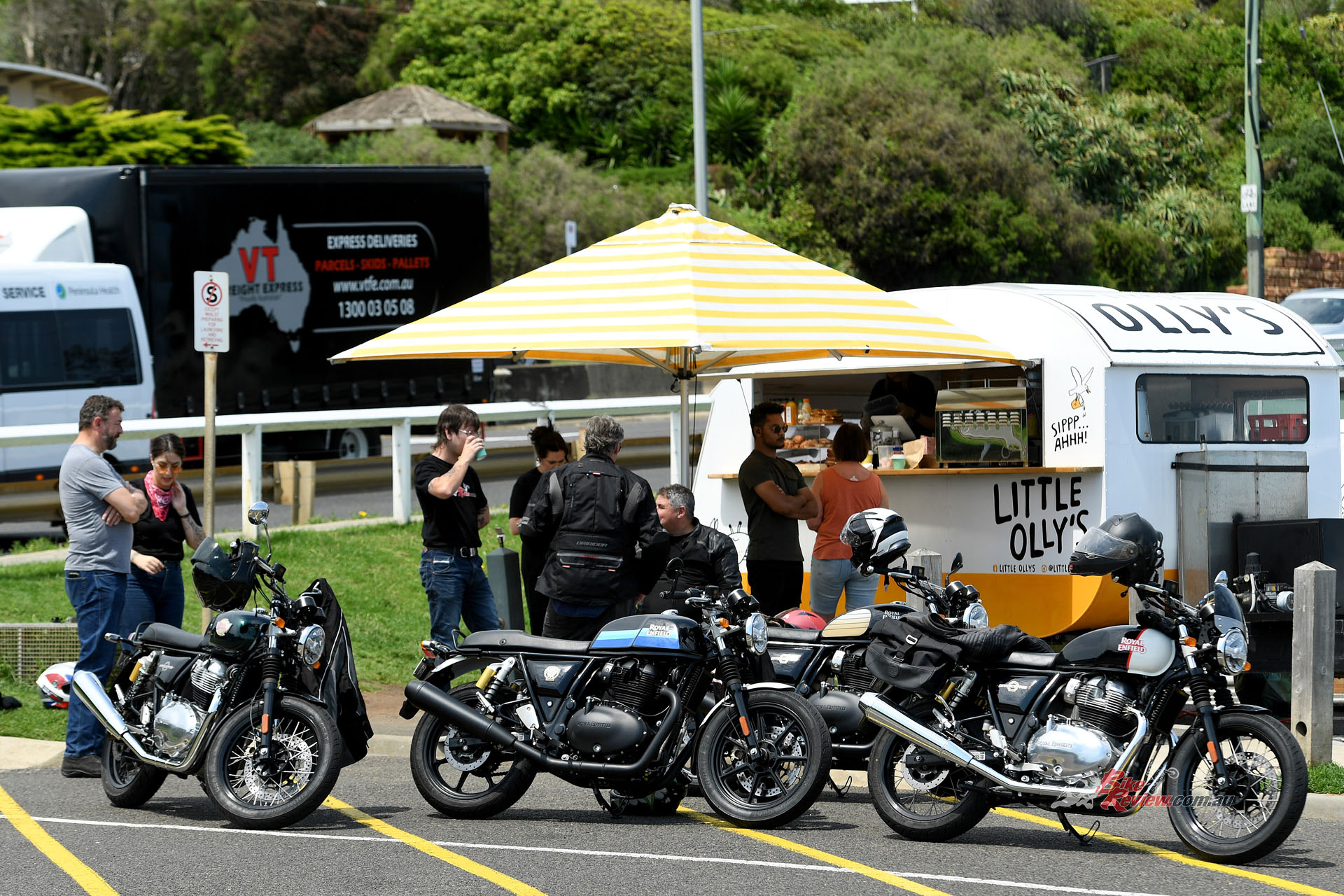
We took the updated Royal Enfield Continental GT and Interceptor 650 for a spin. Check out how they fair for 2024.
The motorcycle industry has seen a few massive changes in recent years. Electronics are getting cheaper and cheaper as we see equipment like Bluetooth, TFTs, rider aids, LED lights etc make their way onto sub-10k motorcycles. What we consider “Good value for money” has shifted from buying a premium brand to actual equipment. With that being said, how the bike rides always triumph over all the little gadgets you get.
Check out all of our 650 Twin editorial here…
The Royal Enfield Continental GT and Interceptor INT 650 are the pinnacle of bare-bones 21st-century motorcycling. You don’t get a lot of do-hickeys or equipment on them, just an oil/air-cooled twin, homebrand Gabriel suspension, single front ByBre caliper and an analogue information cluster. And yet, these models remain some of the most popular in the range… Because they are full of character.
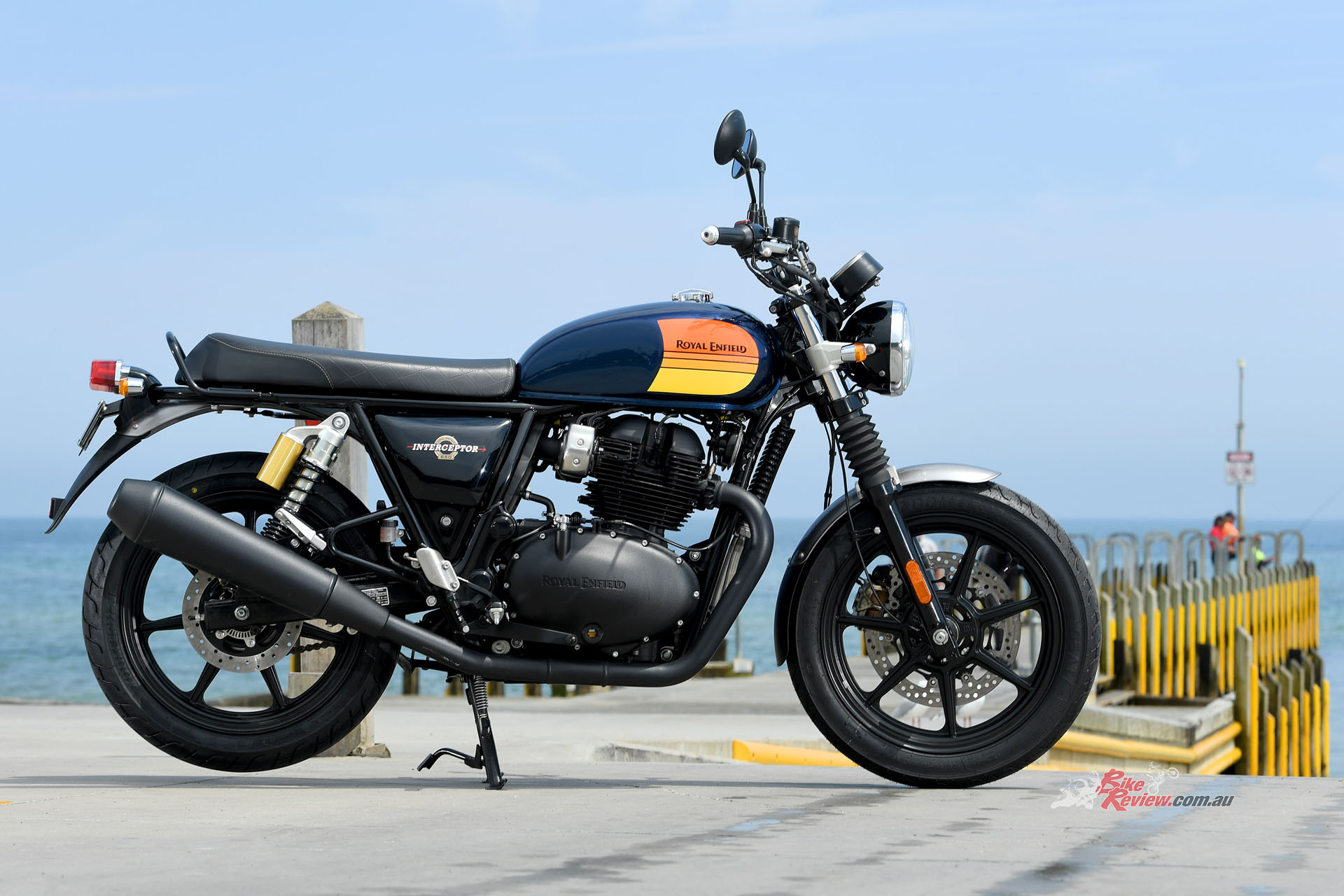
“The most obvious change is that the new colour schemes now come with cast tubeless wheels over the tubed wire-spoked wheels.”
Let’s talk changes for 2024 because they’ve seen the most drastic changes since the model’s inception five years ago. The most obvious change is that the new colour schemes now come with cast tubeless wheels over the tubed wire-spoked wheels. Royal Enfield Australia will continue stocking the old-style for those looking for the whole classic look. Other changes include span adjustable levers, USB-A port, LED headlight, revised grips and seat, revised switchblocks and all-new colours for both models.
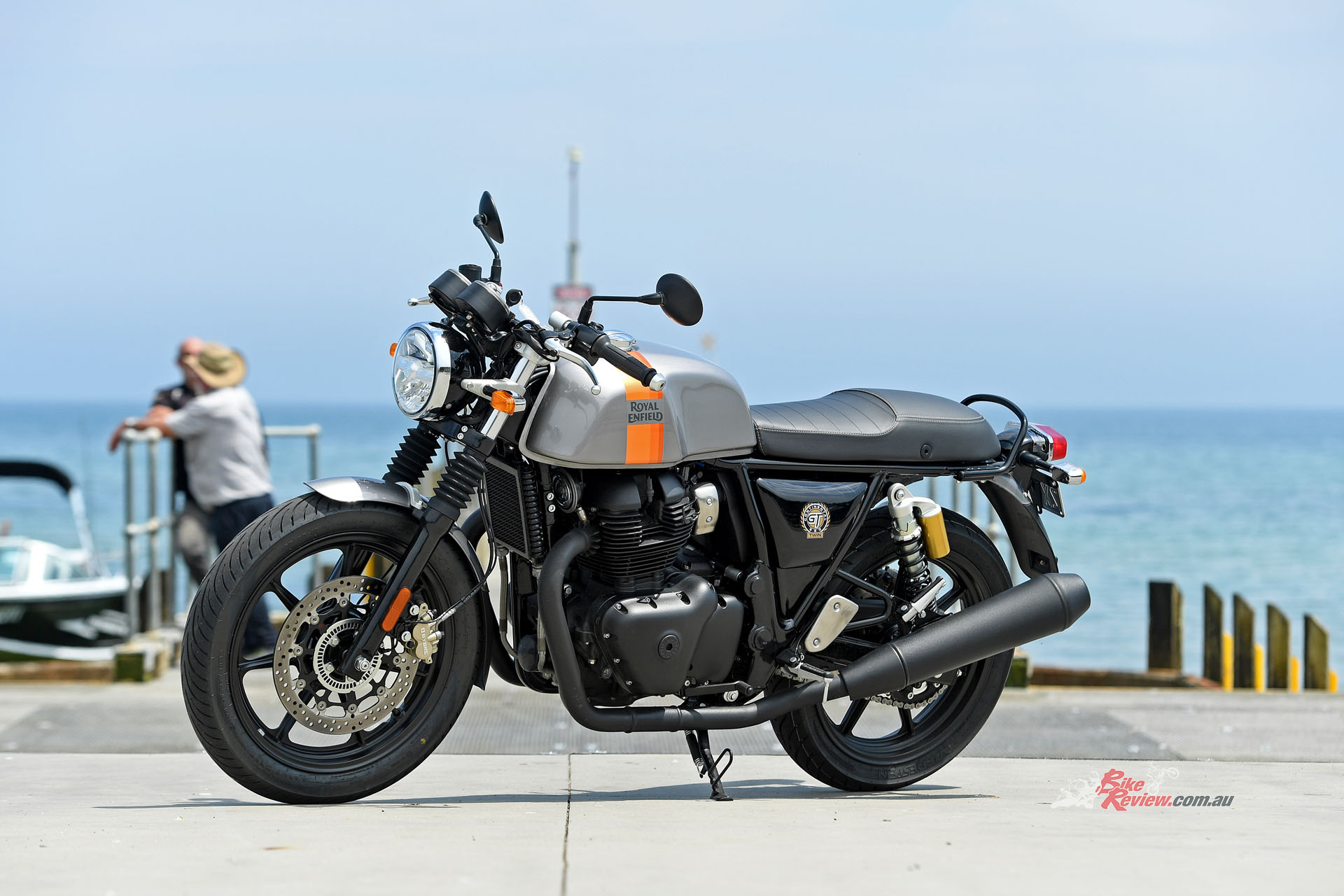
Royal Enfield Australia threw us a little launch to get reacquainted with the famed 650 twins down in Melbourne.
Royal Enfield Australia organised launch to get us reacquainted with the famed 650 Twins, in Melbourne. The day was to consist of an easy ride down to Frankston and Rosebud before we headed up back to the UMI offices, getting a chance to ride the twins through traffic and the twisties.
The 2023 Royal Enfield Continental GT and Interceptor INT 650 are the pinnacle of bare-bones 21st-century motorcycling…
All the new colours are lined up infront of UMI’s HQ, and goodness these bikes have held up well in terms of styling for 2024. They have a certain timeless design to them that ticks all the boxes in my book. The only less desirable bits are the ADR parts, which can be removed after purchase anyway. I’d still opt for the chrome engine and spoked wheels over the new blacked-out bikes any day.
I start the day out on the café racer Continental GT. For those who are new to the 650 Twins, the Continental GT adopts dropped-down clip-on handlebars, a scooped seat and a different-shaped tank over the long-flat seat, one-piece handlebars and a tear-drop-shaped tank on the Interceptor. Although the spec’s are identical across the pair, this is enough to make the pair feel completely different.
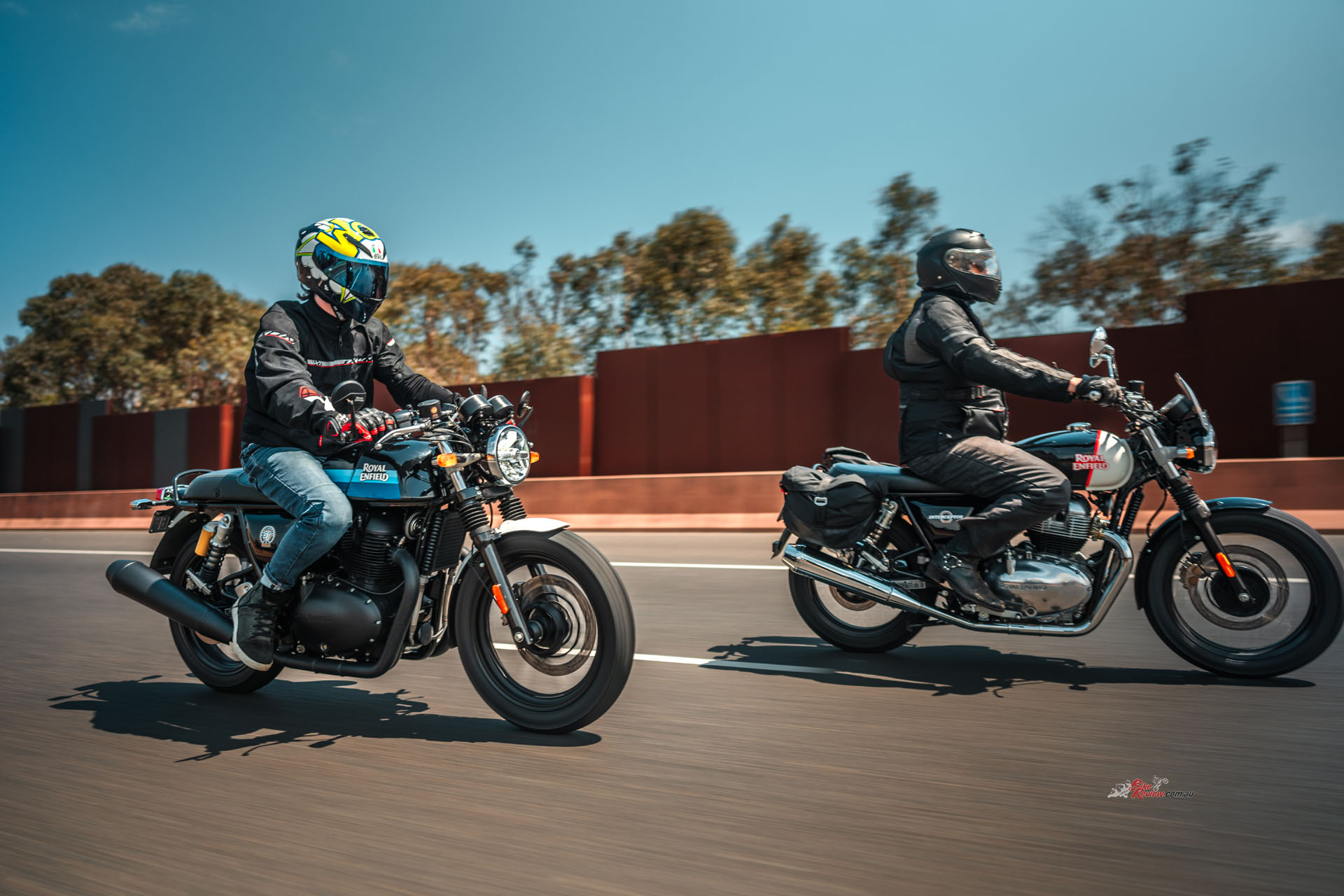
For those who are new to the 650 Twins, the Continental GT adopts dropped-down clip-on handlebars, a scooped seat and a different-shaped tank over the flat seat, one-piece handlebars and a tear-drop-shaped tank on the Interceptor.
Everything about the Continental GT makes it feel learner-friendly. The rider triangle isn’t overly aggressive despite the handlebars sitting quite low, and the seat height accommodates all riders regardless of your measurements. There are no complicated buttons or too much going on with the cluster, just a speedo, tachometre, trip counter and fuel gauge. No tripper navigations though.
Kicking the stand up and letting the clutch out, I’m met with a progressive, early bite point and plenty of lever feeling, yet another positive for novice riders. The clutch is a slipper clutch, making it easy for new riders to get used to back-shifting.
“These bikes have held up well in terms of styling for 2024. They have a certain timeless design to them that ticks all the boxes in my book.”
Out on the road, I’m met with that familiar feeling of an oil/air-cooled mid-sized twin. This engine is tried and proven at this point. I haven’t heard of anyone having issues in terms of reliability with this powerplant. The design is simple, with no high compression spec’s, nor is it breaking any records in terms of power, making it just a trust steed that offers enough fun for the twisties but manageable torque. If you’re a new rider, a 650cc can often seem like a daunting bike to manage, not the GT or INT. Besides the added weight change over some of Royal Enfield’s single 350s, the 650 isn’t something that will get away from you in a hurry. Definitely try one out…
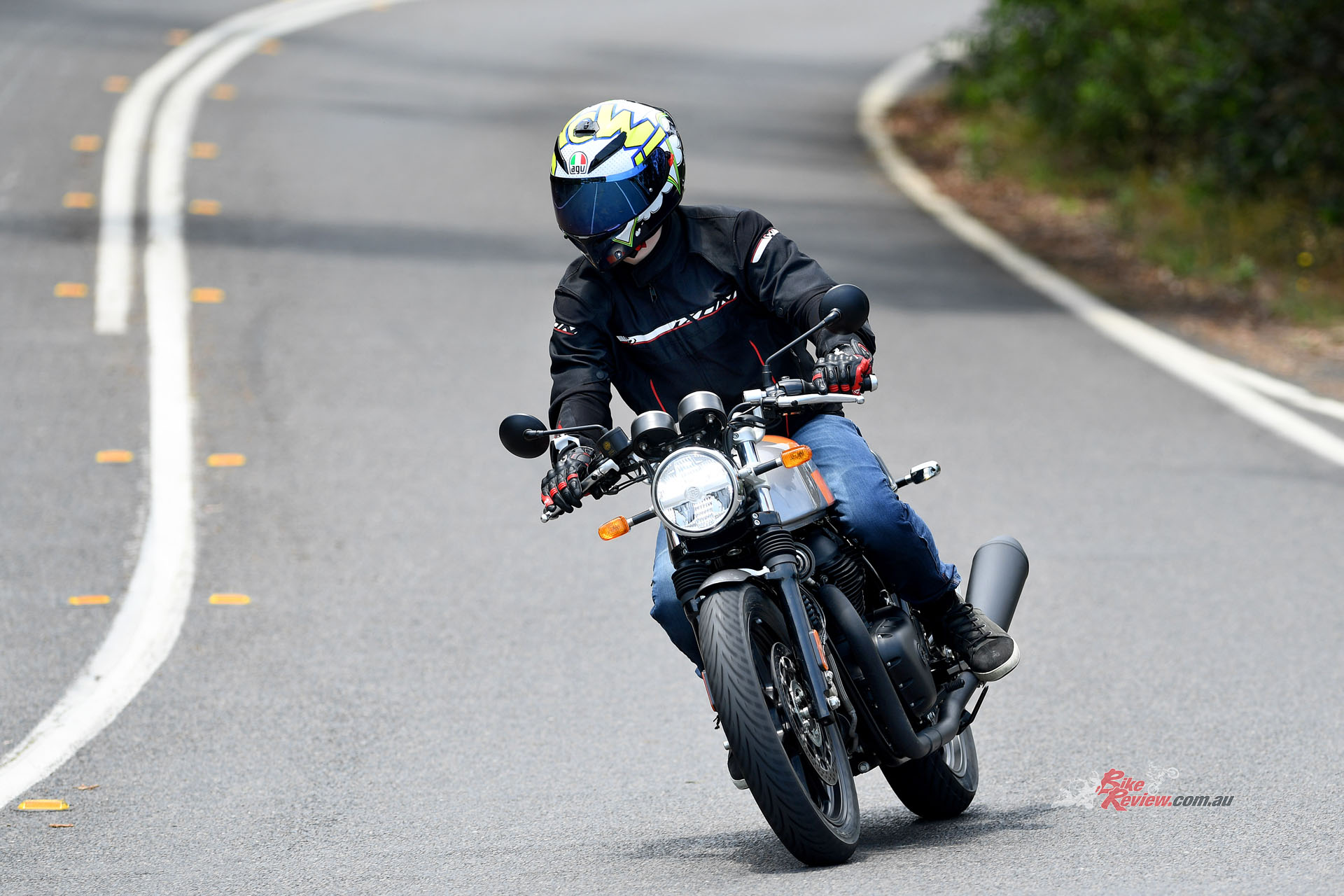
“Out on the road, I’m met with that familiar feeling of an oil/air-cooled mid-sized twin. This engine is tried and proven at this point. I haven’t heard of anyone having issues in terms of reliability with this powerplant.”
The 650 twin doesn’t have a lot down low, but once you reach that 5500rpm mark, the bikes add some more pep in their step. The 650s come alive all the way to the redline, offering a rewarding experience when you get those gear changes right and ride it out to the redline.
The exhaust note is beautiful for a stock bike; it encapsulates the classic vibe that Royal Enfield aims for exceptionally well. Sure, it’s heavily muffled by EURO regulations, but just about everything is now. The beauty of an unchanged design since 2018 means that there is a plethora of aftermarket parts available off the shelf, and a slip-on would be right at the top for me, or Jeff’s exhaust mod, watch here.
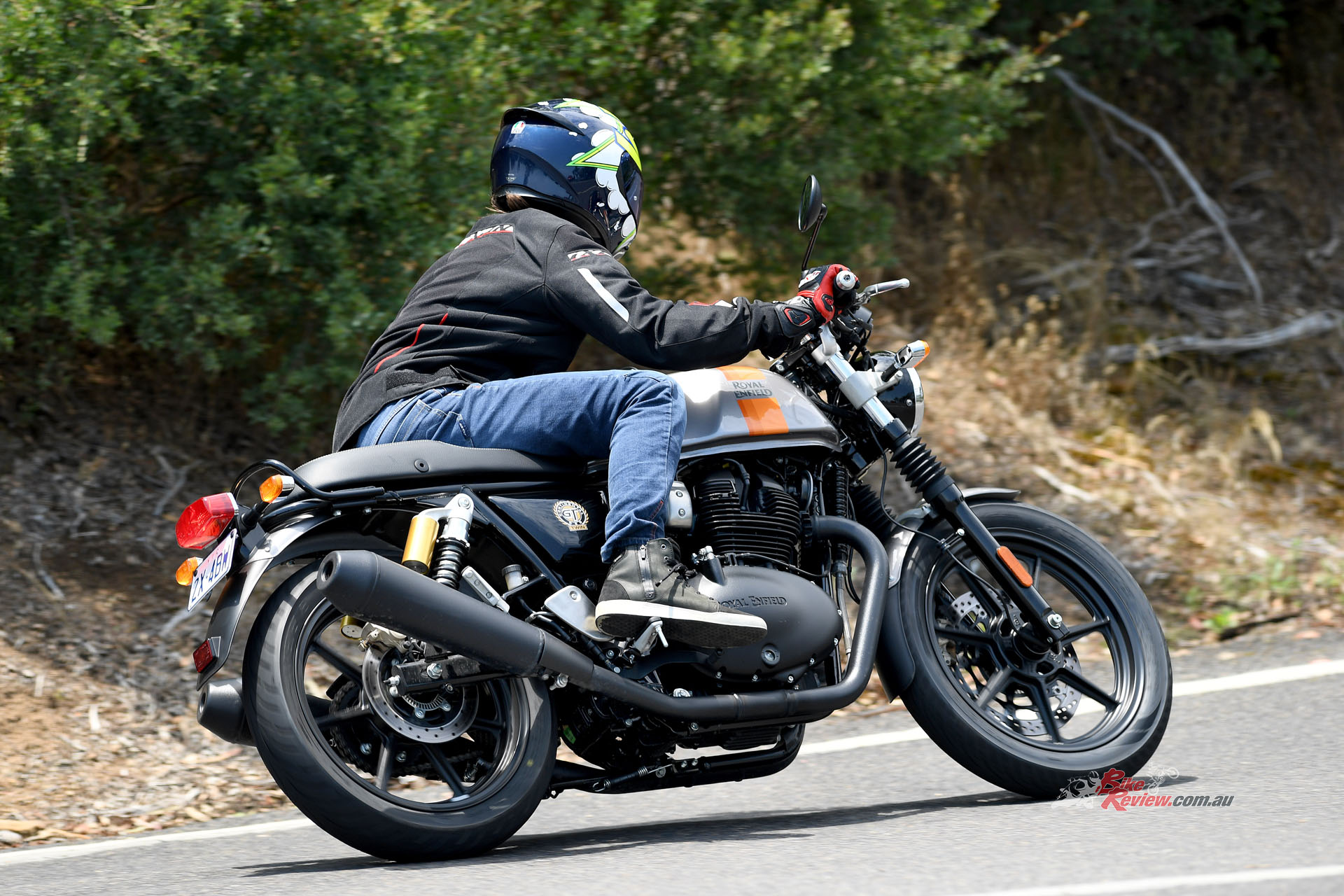
The exhaust note is beautiful for a stock bike; it encapsulates the classic vibe that RE aims for exceptionally well.
The gearing is spot on. At first, I thought it could be a little tall for Australian roads, but at 110km/h in sixth year, you sit just inside the torquey part of the curve. This makes freeway overtakes easy as you have all of the power on tap when cruising along. The shifter is your typical non-quick-shifter setup although it’s one of the easiest bikes I’ve ridden to find neutral on.
One downfall of running an oil/air-cooled engine with this rider-triangle is the heat that comes off it. Sitting in traffic on a hot day will seriously start to warm up your legs; I can only describe this as uncomfortable as we sat through the mid-week traffic hell in Melbourne. Once you’re moving above 60km/h, the heat dissipates quickly, but this needs to be kept in mind if you plan to do city commutes every day on the Continental GT. The Interceptor position doesn’t cook your legs as much.
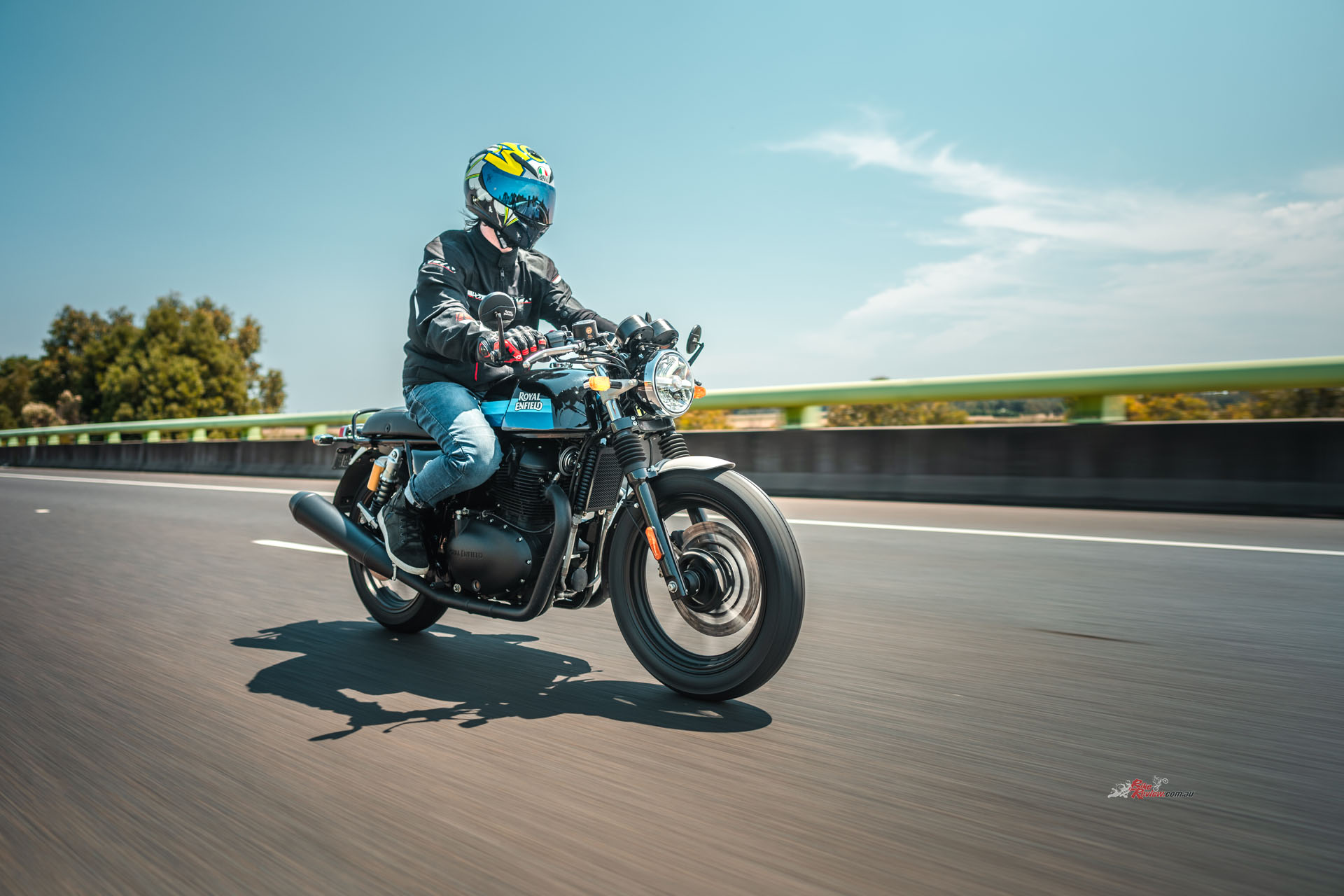
Speaking of rider triangle, I’d be lying if I said that the Continental GT is the choice I’d make for a tall person. Being 183cm with long legs, it isn’t easy to find a comfortable position for freeway riding.
Speaking of rider triangle, I’d be lying if I said that the Continental GT is the choice I’d make for a tall person. Being 183cm with long legs, it isn’t easy to find a comfortable position for freeway riding. The knee dents in the tank are in a weird spot compared to the footpegs, meaning my knees are pressing up against the cylinder-head, adding to that heat discomfort through traffic. I’m not sure what body shape RE built this bike for as you’re stuck between your knees pressing on the engine and your lower back copping more of the stress depending on where you sit on the seat.
The brakes are a highlight of the 650 twins. I’ve always been dubious of running a single front disc on modern-day bikes, but the Twins stop well with this setup; any more would be overkill. The initial bite offers a smooth application, and the follow-through offers gradual pressure to 100 per cent power.
The suspension is as expected for a bike in this price range. It’s not excellent, but it does the job through the twisties. The forks are quite soft, which offers yet more beginner-friendly ride characteristics. There are some slight fork air gap differences between the GT and the Interceptor, the GT has a smaller air gap due to the weight-forward position.
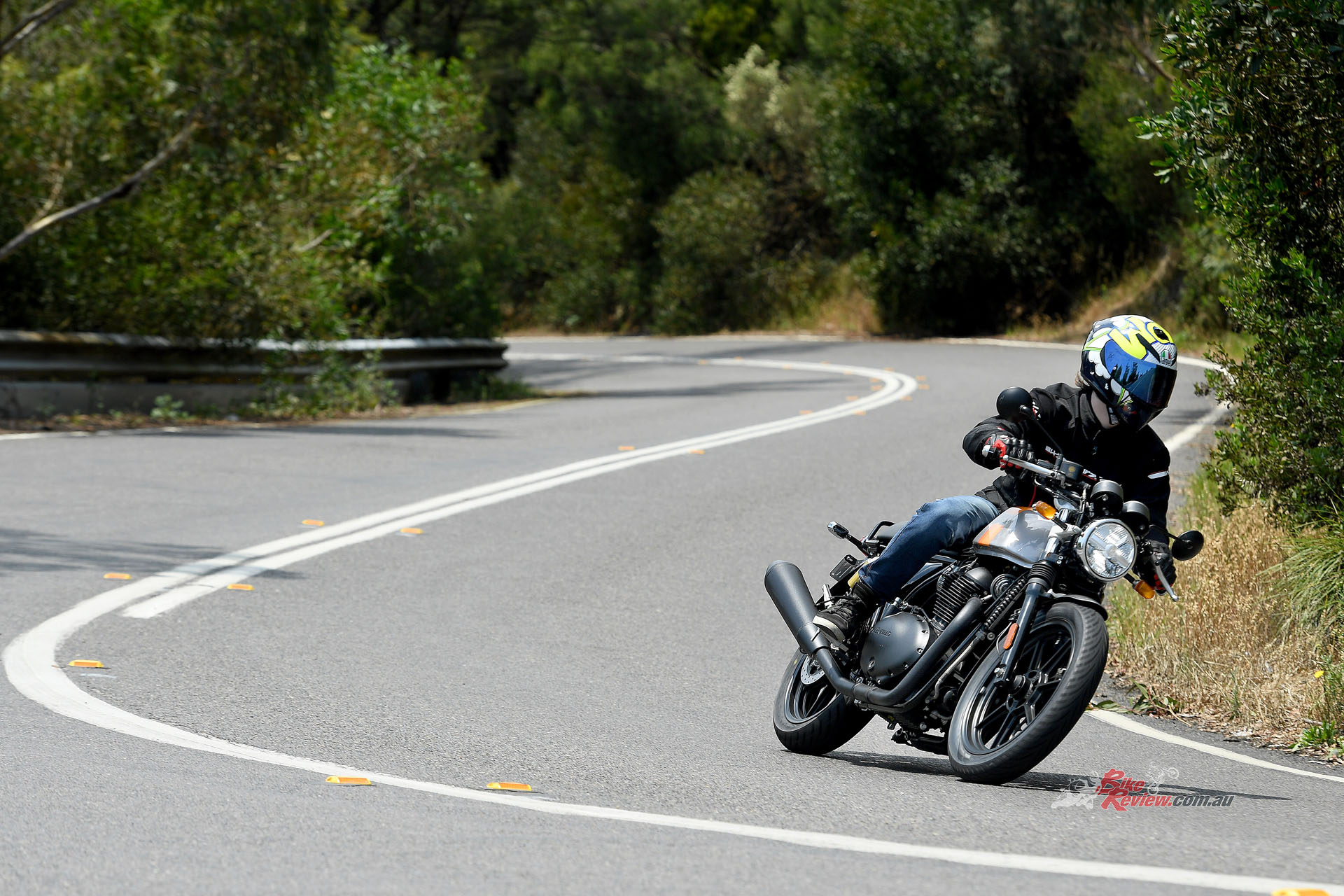
The suspension is as expected for a bike in this price range. It’s not excellent, but it does the job through the twisties.
The shocks are stiff, and despite Royal Enfield updating the seat for 2023, both models were making my arse numb after a few hours on board. That said, the shocks contribute a lot to the positive handling nature of the 650 twins.
The highlight of these bikes is the Harris-designed frames. Both the Continental and the Interceptor feel sturdy and offer an agile setup for the twisties.
The highlight of these bikes is the Harris-designed frames and geometry. Both the Continental and the Interceptor feel sturdy and offer an agile setup for the twisties. The vibrations from the engine aren’t heavily noticeable and don’t typically make their way up through the handlebars like a few other twin-cylinder retro-inspired machines.
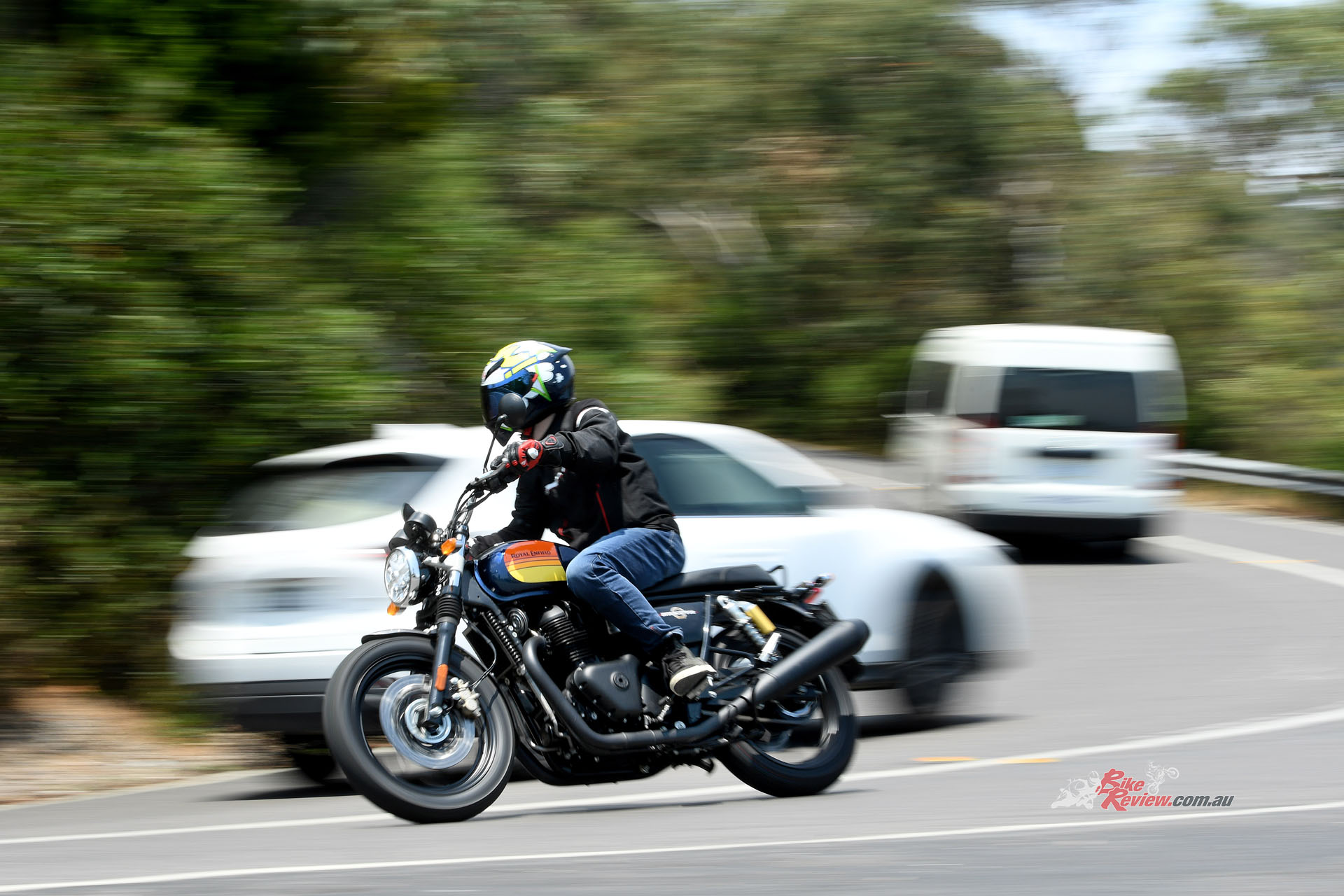
Jumping on the Interceptor for the rest of the day, and much is the same between the two models besides comfort.
Jumping on the Interceptor for the rest of the day, much is the same between the two models besides overall comfort. I adore the look of the Continental GT, but the Interceptor is a much more comfortable bike for taller riders. The higher handlebars add a more manageable level of slow-speed control over the GT, and the seat encourages your knees to move away from that hot engine.
The difference in handling between the cast wheels and the spoked wheels is non-existent; even the weights are the exact same between the two, which is quite strange. The only plus over the cast wheels is that it offers a tubeless setup, but other than that, it’s all the same.
If I were to push the 650 twins any harder than a leisurely weekend ride, I’d be looking at an upgrade in tyres, such as the Pirelli’s they used to come out with. The front and rear look like they can handle a wider tyre, and the CEAT factory tyres drop off a lot on the edge, giving me a heart attack pushing the bike through the corners.
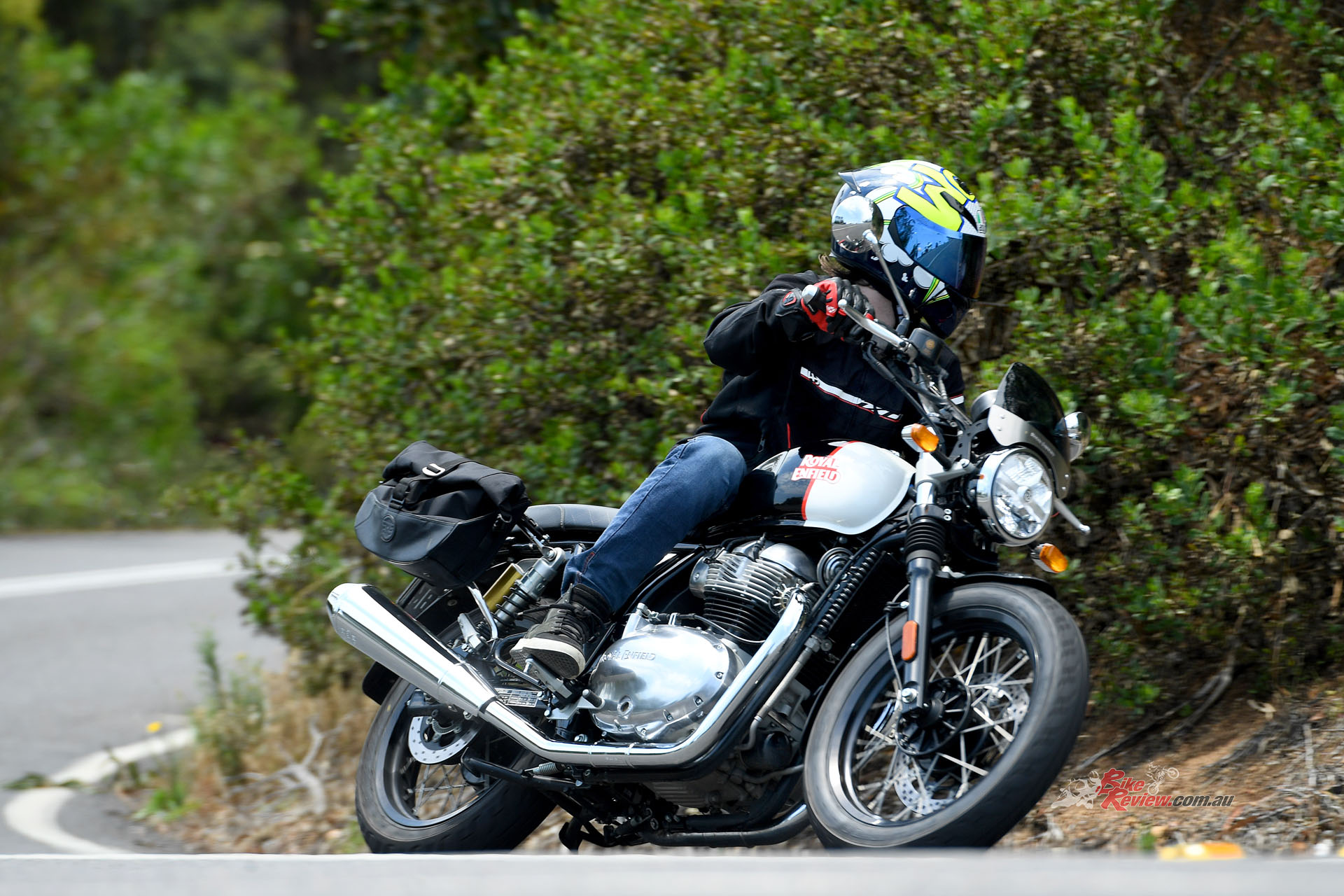
If I were to push the 650 twins any harder than a leisurely weekend ride, I’d be looking at an upgrade in tyres.
As for which one I’d choose? If I were commuting daily on it, I’d have to go with the Interceptor; the comfort advantage for tall people over the Continental GT is second to none. However, I’d go for the Continental GT if I just wanted a cool weekend ride. The styling is just so cool, and you can make some seriously cool creations out of these. Both bikes are simple, easy to maintain, and
Starting at $11,290 ride away for the Continental GT and $10,990 for the Interceptor 650, you do get a quality bike for your money. In terms of spec’s list, there are plenty of equipped bikes out there for your money, but in terms of style, factory support, accessories and customizability, it’s a fantastic bike.
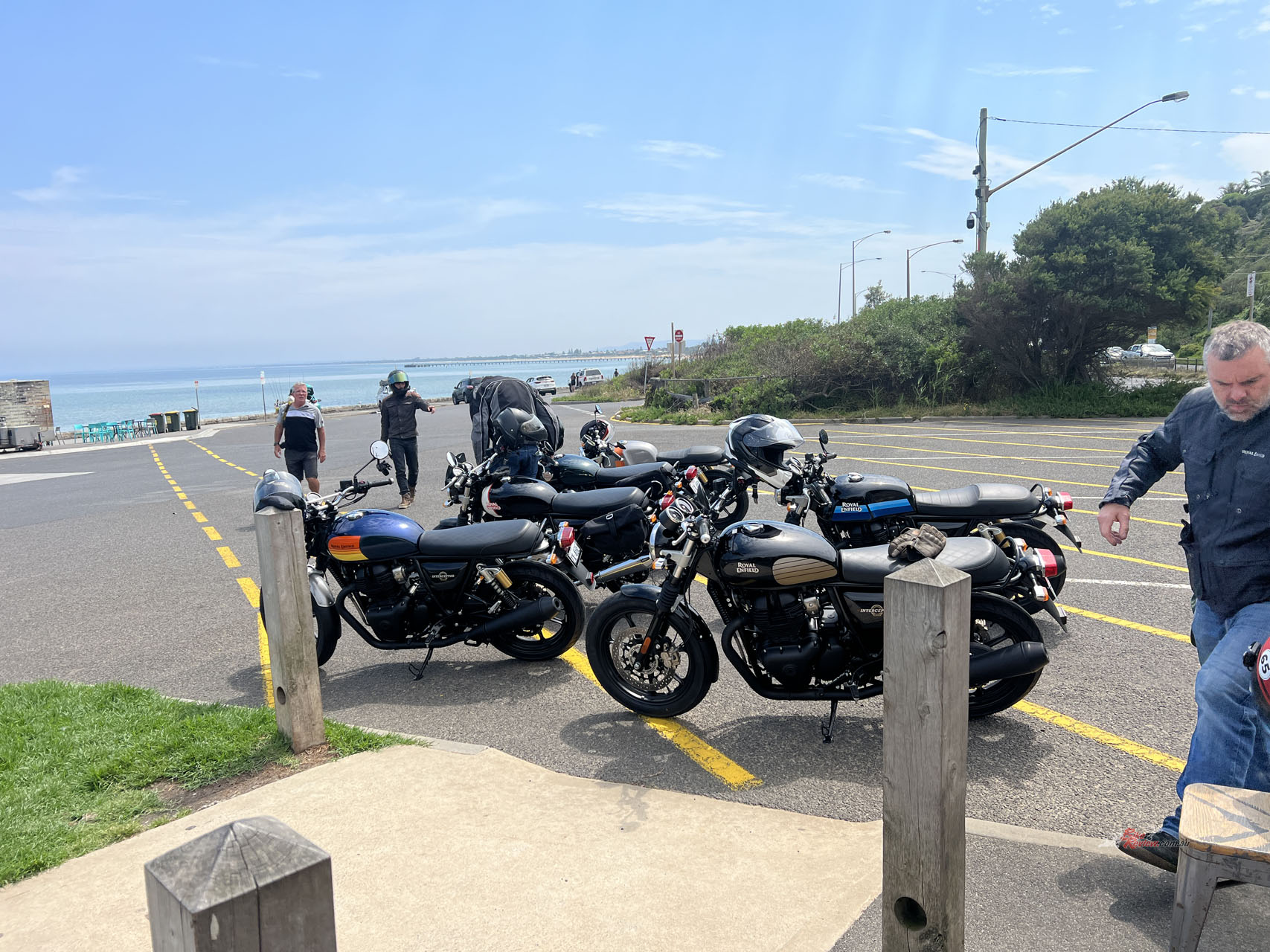
$11,290 ride away for the Continental GT and $10,990 for the Interceptor 650, you do get a quality bike for your money.
The last time I made a statement on the price of a Royal Enfield, people commented that “It’s a Royal Enfield, spec’s list is irrelevant.” Which I partially understand now; it’s still quite a cheap bike brand new. Offering the classic bike experience without the upkeep or knowledge needed to maintain one…
Head here for the full tech talk on the 650 twins…
2024 650 Twins Dark Edition Colour Schemes
2024 Royal Enfield Continental GT & Interceptor 650 Specifications
Price: From $10,990 ride away for the Interceptor and $11,290 ride away for the Continental GT
Colours: (Dark Editions) Apex Grey, Sliptream Blue, Black Ray, Barcelona Black, Mr Clean, Dux Delux, British Racing Green, Ventura Storm, Rocker Red (all GT), Canyon Red, Ventura Blue, Orange Crush, Downtown Drag, Sunset Strip, Baker Express, Mark 2 (all INT).
Warranty: 3 year factory warranty & 3 year roadside assistance
Claimed power: 35kW [47hp]@7250rpm
Claimed torque: 52Nm [38ft-lbs]@5650rpm
Weight: 202kg wet (INT) 198kg wet (GT)
Fuel capacity: 13.7L (INT) 12.5L (GT)
Fuel Consumption Claimed: N/A
Fuel Consumption (measured): N/A
Engine: SOHC air and oil-cooled 648cc parallel twin four-stroke, eight-valve, 78mm x 67.8mm bore x stroke, 9.5:1 compression, 270º firing order crankshaft, Bosch EMS/EFI
Gearbox: Six-speed constant mesh Clutch: Wet multi-plate slipper clutch, cable actuation
Frame: Double-cradle tuned tubular steel frame
Rake: 24° Trail: 106mm (INT), 105mm (GT)
Suspension: 41mm forks, 110mm travel, twin shock, 88mm travel, rear preload adjustment
Brakes: 320mm stainless steel floating rotor (f), ABS, two-piston sliding ByBre caliper, Bosch ABS, conventional master-cylinder, 240mm rotor (r), ByBre caliper.
Tyres: Cast and Wire wheels available. 100/90-18, 130/70-18.
Dimensions:
Wheelbase: 1400mm
Seat height: 804mm (INT), 790mm (single GT), 793mm (dual GT).
Ground clearance: 174mm
Overall width: 789mm (INT), 744mm (GT)
Overall Length: 2122mm
Overall height: 1165mm (INT), 1024mm (GT)
Instruments & electronics: Dual clocks, tacho, speedo, dual trip, warning lights/fuel. Bosch Two-Channel ABS, Bosch EMS.
Editor’s Note: If you are reading this article on any website other than BikeReview.com.au, please report it to BikeReview via our contact page, as it has been stolen or re-published without authority.
The Verdict | Bike Review | 2024 Royal Enfield Continental GT & Interceptor 650


